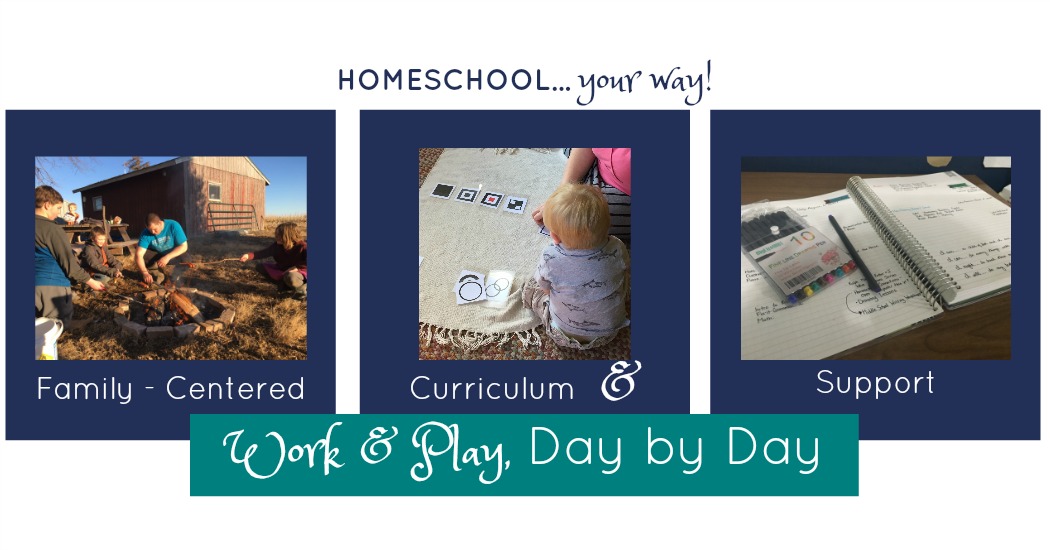Before beginning work with the four operations, we made sure our kids had good number sense from 0-9 and had begun work with advanced counting using the bead chains and Seguin boards. Working with advanced counting is a parallel strand to learning the operations, not a prerequisite.
Some concepts may require more than one lesson for practice and mastery. For our purposes, one lesson in advanced counting, two in operations, and one in basic facts each week has been a good balance. In the beginning, two lessons in advanced counting and one in pre-operational work was more realistic. Once advanced counting was mastered, we moved to once weekly work with story problems in place of the advanced counting lessons.
Order of Concepts/Presentations
This list is not intended as an exclusive set of presentations, but a sequence of general concepts.
Forming numbers with the golden beads (could also use base 10 blocks) 1-9999
Zero's as placeholders
Introduction to addition, symbol and meaning
Static addition with the golden beads (no changing)
Static addition with zeros
Forming numbers with the stamp game
Race to 100 Game with the stamp game
Static addition with the stamp game
Dynamic addition with the stamp game
Forming numbers with the bead frame
Static addition with the bead frame
Dynamic addition with the bead frame
Abstract addition (pencil/paper, no manipulative)
Introduction to subtraction, symbol and meaning
Static subtraction with the golden beads
Dynamic subtraction with the golden beads
Static subtraction with the stamp game
Dynamic subtraction with the stamp game
Static subtraction with the bead frame
Dynamic subtraction with the bead frame
Abstract subtraction (pencil/paper, no manipulative)
Notably missing is the dot game, which we found to be of little help. It could be valuable to add as an intermediary step between the bead frame and abstraction in a child who needed additional practice. We also have not used the bank game and created our own activity- the race to 100 game to re-enforce changing numbers and place value.
Many Montessorians would argue that we should have done multiplication before subtraction, but we find that working with basic facts in opposite pairs works better for us. It makes sense to align our basic fact work with our operational work, which aided greatly when we arrived at the point of abstraction. The same general presentation sequence is used for multiplication and division, adding the racks and the multiplication checkerboards as new materials. For simple single digit work, however, the stamp game and golden beads are adequate.
The more important point to worry about is that adequate preparation is done with place value prior to beginning any work in the four basic operations in the first place. Some cycling of review is necessary. Aidan, for example, went through abstract addition one school year, but began the next school year with addition on the bead frame and worked forward from there. Returning to the concrete on concepts aids faster retention during review periods.
Resources
The more important point to worry about is that adequate preparation is done with place value prior to beginning any work in the four basic operations in the first place. Some cycling of review is necessary. Aidan, for example, went through abstract addition one school year, but began the next school year with addition on the bead frame and worked forward from there. Returning to the concrete on concepts aids faster retention during review periods.
Resources







This post contains affiliate links. Thank you.

9 comments:
I don't know how I missed following you on GFC.... you must be on my reader instead! So sorry it has taken me so long to follow you!
Thanks for posting this list. As a self-taught Montessorian, I sometimes forget the order of teaching things, and often want to put one step ahead of the other. This is such a great list.
We are actually ready for the bank game, but would you mind elaborating (a post maybe?) on your race to 100, as well as elaborating what you would do for advanced counting/ pre-operational and operations/ basic facts categories you mentioned. That would be fabulous!
Race to 100 uses 2 dice and the stamp game. They roll the dice and select that many units, taking turns and making exchanges as needed until they reach 100. It isn't really anything like the bank game which we really just skipped altogether. This enforces placevalue at a later point than the bank game does, but we find it a good thing to do right before starting dynamic sums.
I'm working on a post on the basic facts materials we use (and which one's we pass on), I would look for it in the next week.
Keep posting stuff like this i really like it
My partner and I really enjoyed reading this blog post, I was just itching to know do you trade featured posts? I am always trying to find someone to make trades with and merely thought I would ask.
It’s really a nice and helpful piece of information. I’m glad that you shared this helpful info with us. Please keep us informed like this. Thanks for sharing.
What a great resource!
My cousin recommended this blog and she was totally right keep up the fantastic work!
Thanks for sharing. Another free resource that I like to use for math is:
http://www.k-5mathteachingresources.com
It provides a range of math teaching resources, math games, and hands-on math activities for K through 5th grade and all activities are correlated with the Common Core State Standards.
My cousin recommended this blog and she was totally right keep up the fantastic work!
Post a Comment